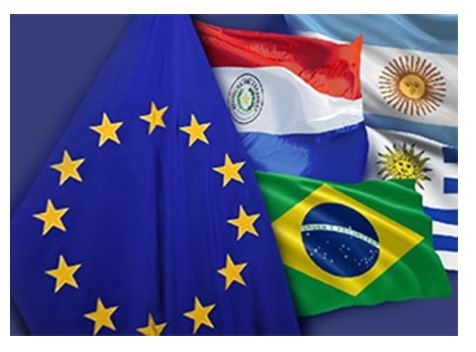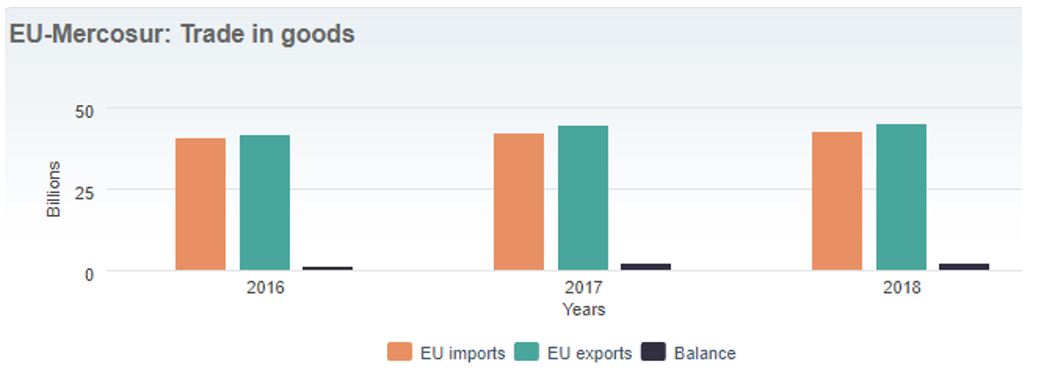


The agreement is seen as a "win-win situation" on both sides. Above all, the dismantling of tariffs and other trade barriers is intended to strengthen the exchange of goods, which would save companies billions in costs. With a population of more than 260 million people, the Mercosur Confederation is already one of the world's largest economic regions. This involves a common market of around 780 million consumers and around a quarter of the world's economic output measured by GDP, the gross domestic product.
The EU is already the most important trading and investment partner for the Latin American Confederation. The Mercosur states mainly export food, beverages and tobacco to the EU. From the EU, machines, transport equipment, chemicals and pharmaceutical products are exported to South America.
Machine and plant manufacturers, who have already benefited from the high level of investment by the automotive industry in Mexico in recent years, can use the agreement to generate new sales opportunities in Latin America. In Mexico, new investments are declining, mainly due to the tense global economic situation and the trade dispute with the USA.

Especially for public infrastructure projects, Brazil and Argentina want to attract foreign suppliers, which is especially good news for the automation industry. In Brazil, most large construction companies are currently being eliminated by a corruption scandal and are therefore hardly in the position to handle large projects.
The Mercosur negotiators met some of the demands of the Europeans and offered, for example, a much faster reduction of the high tariffs on cars and car parts. They also accepted the quotas on agricultural products. For the crisis-ridden and stagnating economies of Argentina and Brazil, the agreement could provide a significant boost to their trade balances, direct investments and investor confidence. Brazil, by far Mercosur's largest economy, expects a growth effect of up to 125 billion dollars in the next 15 years through lower tariffs and increased quotas alone.
Brazil hopes to more than triple its exports to 100 billion dollars by 2035. Mercosur, as a whole, exported goods worth 43 billion dollars to Europe last year - mostly agricultural products. The EU, on the other hand, shipped exports worth about 45 billion dollars to South America, mainly machinery, electrical goods and vehicles.
"This agreement comes at the right time for the South American and European economies," says ARC analyst Fabian Wanke. "This could absorb some of the business losses that have hit many companies as a result, for example, of the trade dispute between the US and China. Nevertheless, there is still a residual risk because the agreement has yet to be ratified.”

